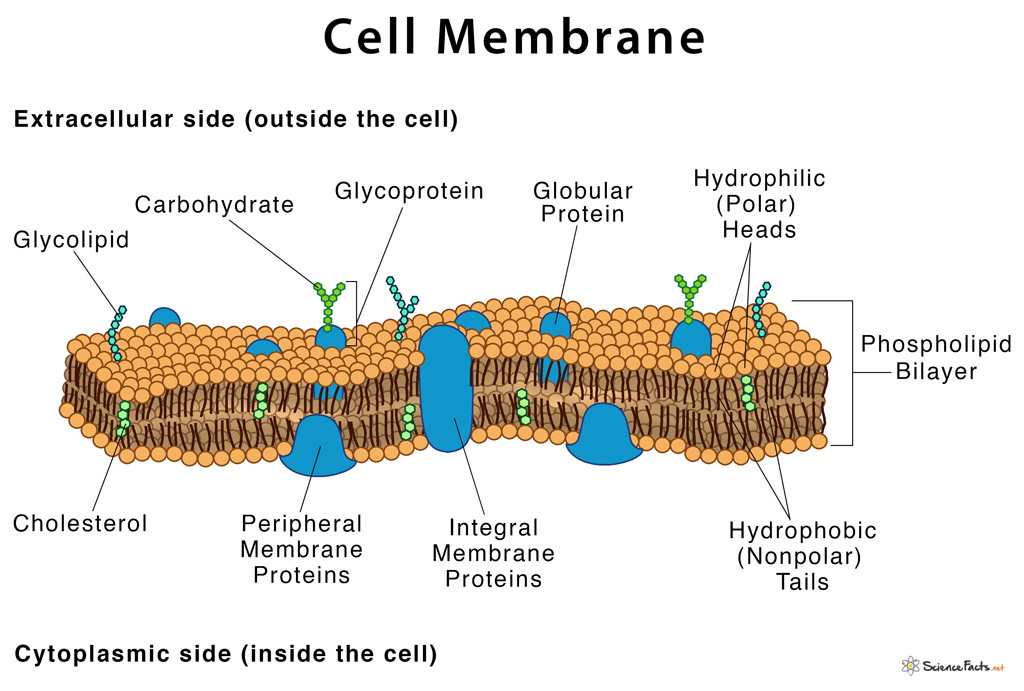
Golgi: The Golgi apparatus is a membrane-bound structure with a single membrane. In the complete animal cell centrosome, the two centrioles are arranged such that one is perpendicular to the other. Microtubules (and centrioles) are part of the cytoskeleton. There are three microtubules in each group. The two centrosomes move to opposite ends of the nucleus, and from each centrosome, microtubules grow into a "spindle" which is responsible for separating replicated chromosomes into the two daughter cells.Ĭentriole (animal cells only): Each centriole is a ring of nine groups of fused microtubules. The result is two centrosomes, each with its own pair of centrioles. Plant and animal cell centrosomes play similar roles in cell division, and both include collections of microtubules, but the plant cell centrosome is simpler and does not have centrioles.ĭuring animal cell division, the centrioles replicate (make new copies) and the centrosome divides. Though mostly water, the cytosol is full of proteins that control cell metabolism including signal transduction pathways, glycolysis, intracellular receptors, and transcription factors.Ĭytoplasm: This is a collective term for the cytosol plus the organelles suspended within the cytosol.Ĭentrosome: The centrosome, or MICROTUBULE ORGANIZING CENTER (MTOC), is an area in the cell where microtubules are produced. The nucleolus produces ribosomes, which move out of the nucleus and take positions on the rough endoplasmic reticulum where they are critical in protein synthesis.Ĭytosol: The cytosol is the "soup" within which all the other cell organelles reside and where most of the cellular metabolism occurs. Nucleolus: The prominent structure in the nucleus is the nucleolus. For a deeper understanding of genetics, visit our companion site, GeneTiCs Alive! When a cell is dividing, the nuclear chromatin (DNA and surrounding protein) condenses into chromosomes that are easily seen by microscopy. The DNA is similar in every cell of the body, but depending on the specific cell type, some genes may be turned on or off - that's why a liver cell is different from a muscle cell, and a muscle cell is different from a fat cell. The DNA stores the organism’s entire encoded genetic information. Genes within the chromatin are made of deoxyribonucleic acid (DNA).

The chromatin is efficiently packaged within the small nuclear space.

Within each nucleus is nuclear chromatin that contains the organism’s genome. It is enclosed in a double membrane and communicates with the surrounding cytosol via numerous nuclear pores.

Nucleus: The nucleus is the most obvious organelle in any eukaryotic cell.


 0 kommentar(er)
0 kommentar(er)
